Silk is one of the symbols of Chinese civilization, China due to the abundance of silk, has been named the "Silk Country" known, the use of silk is also with the development of the times are also changing, from the initial production of clothing, to later become a popular commodity and to some extent, instead of currency, all of these changes have highlighted its unique status.
Today begins through a precious Chinese silk robe, discover how the Han dynasty textile industry developed in ancient China.

Precious Chinese silk robe: Sucha Danyi
In the winter of 1951, while conducting archaeological work in Changsha, archaeologists discovered two connected grave at Wulipai in the eastern suburbs of Changsha. After several difficult excavations until 1974, the Mawangdui Han tombs, which had been dormant for thousands of years, was unveiled. Among the many precious artifacts unearthed, the most notable is the Zhiju Susha Danyi (直裾素纱襌衣, plain yarn garment).
"Thin as a cicada's wing, light as floating smoke", this Chinese silk robe was especially valuable because it was 128cm long, with 190cm sleeves, but weighed a mere 49 grams and could even fit in a matchbox when folded. It was hailed by archaeologists as a milestone in the history of Western Han textiles. Experts tried to replicate the Susha Danyi using modern technology, but after countless failed attempts, the replica could only weigh a minimum of 49.5 grams, which took 13 years to produce.
This precious Chinese silk robe: Susha Danyi, with a cross collar, wrapping the right side before the left (交领右衽, Jiaoling Youren), Zhiju, similar to the Shenyi, and wide cuffs.
The development of silk during the Han Dynasty
The real application of silk to clothing is in the Spring and Autumn (770-476 BC) and Warring States (475-221 BC) periods, initially popular among the royalty and nobility. At that time, countries vigorously develop agriculture in order to enrich the country and strengthen the people, which led to a substantial increase in the production and quality of silk. Since then, silk has become unique clothing materials for royalty, nobility, and officials, wearing silk is a kind of distinguished privilege.
During the Qin and Han dynasties, textiles had always been the absolute protagonist in trade activities. The main trade route opened up by Zhang Qian (张骞) was also named the "Silk Road". The developed textile industry in the Han Dynasty benefited from an advanced and mature technology. As the world's earliest rearing silkworm and the production of silk fabrics in the country, China in the Han dynasty has formed a raise silkworms, silk reeling, weaving, printing, and dyeing of a sophisticated system.
The spinning wheel has become a common spinning tool in the Han Dynasty, powered mostly by hand cranking. This kind of spinning wheel although the structure is simple, but the weaving efficiency has than the most traditional spinning wheel increased twenty times. The popularity of the spinning wheel not only greatly increased the efficiency, but also improved the quality of textiles, the value of silk to be constantly enhanced.
Color and pattern of textiles in the Han Dynasty
In addition to high quality, colorful and exquisite patterns were also a major feature of Han textiles. Among the various kinds of printed and dyed products of the Han Dynasty, silk fabrics were the most colorful. There are more than 20 kinds of silk weaving and dyeing chromatograms unearthed from the Mawangdui Han tombs, and the pigments used have been identified as cinnabar (mercury sulfide), sericite, lead sulfide, mercury sulfide, and other mineral pigments, as well as alizarin, gardenia, indigo and carbon black and other vegetable dyes. and has mastered a whole set of dyeing techniques and methods.
In addition, the patterns of textiles of all kinds are even more eclectic. Openwork patterns, painted patterns, large eyelet mesh patterns. The floating pattern is located on the surface of the silk, while the dark pattern is hidden in the bottom of the cloth, as if hidden. What's more, the color of the pattern on some brocades is similar to the background color of the fabric itself, to be seen in the light when the side exposure. Among all the rich and complex patterns, the Han dynasty was particularly fond of embroidered flowers, birds, animals, and auspicious words on silk. In addition to the well-known dragon and phoenix patterns used for the imperial and the Qilin patterns used for important events and rituals, figures and text are also commonly emblazoned.
The textile industry of the Han Dynasty can be said to be the first peak in the history of Chinese textiles, and it is precisely because of the development of the textile industry that we are left with a magnificent Chinese Hanfu costume culture to study.
To learn more about Chinese silk and the history of Chinese robe can be viewed by clicking here.
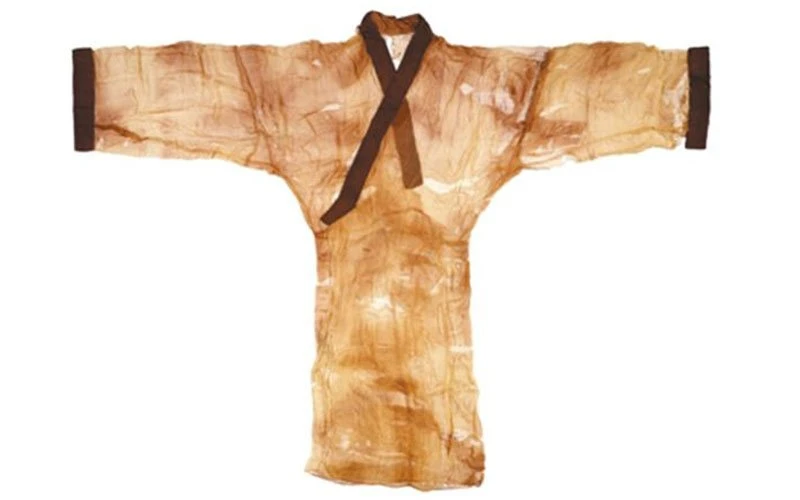
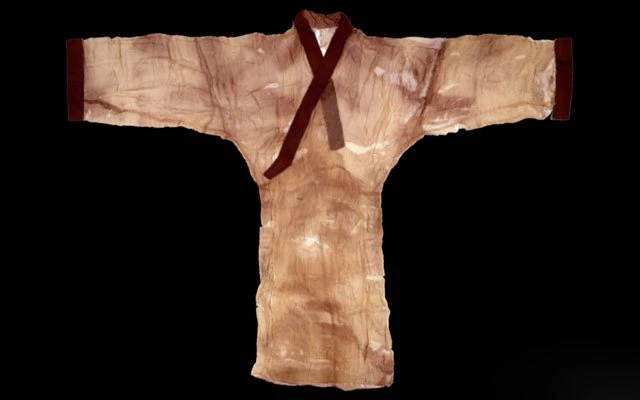

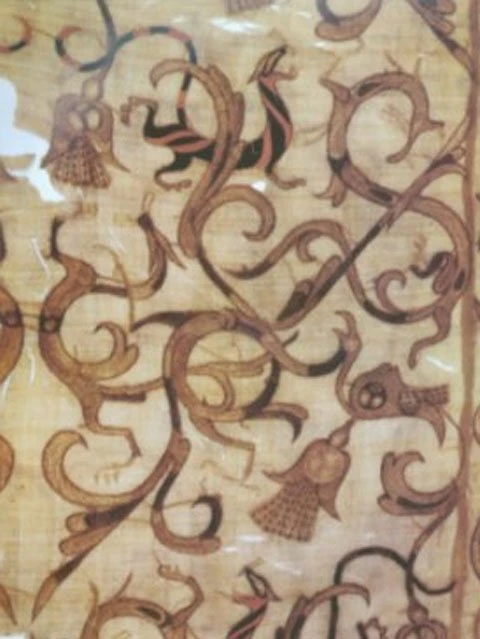
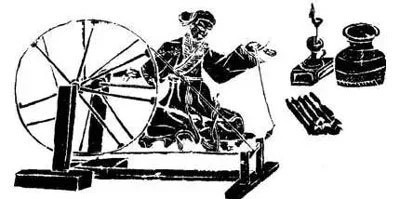

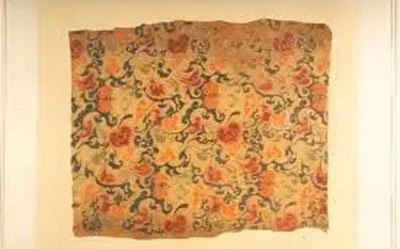


Chinese silk techniques are so awesome!!❤️❤️
Such sophisticated techniques 💖